Access to safe and clean drinking water is a fundamental human right. It is essential for maintaining good health and preventing water-borne diseases. However, not all sources of water are created equal. Some water sources, such as wells, can be contaminated with bacteria, viruses, and other harmful substances that threaten human health. In this article, we will provide a refresher on wells and water samples to help you stay well-informed and protect your health and that of your loved ones.
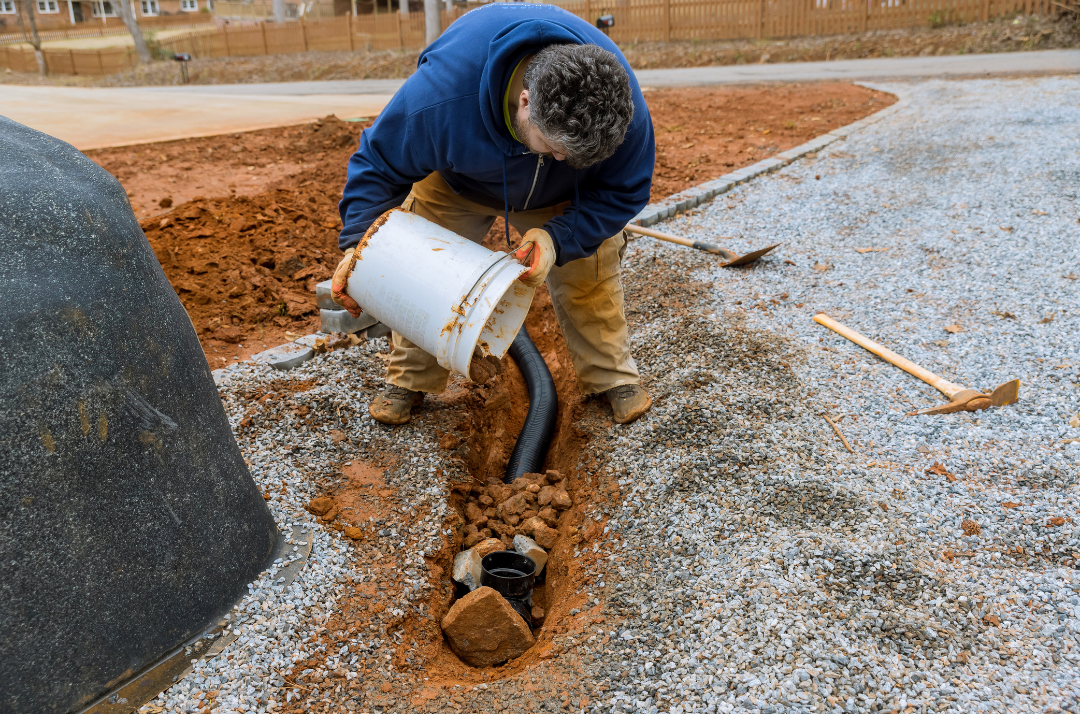
What are wells?
Wells are man-made or natural holes in the ground to access underground water sources. They are typically drilled or dug to a depth below the water table. Wells are commonly used in rural areas where municipal water systems are unavailable. They provide a reliable water source for drinking, cooking, and other household needs.
However, wells can be a potential source of contamination if they are not adequately maintained or located in areas with high levels of pollutants. Contamination can occur due to various factors, such as poor construction, improper use of pesticides and fertilizers, and proximity to septic systems and livestock operations.
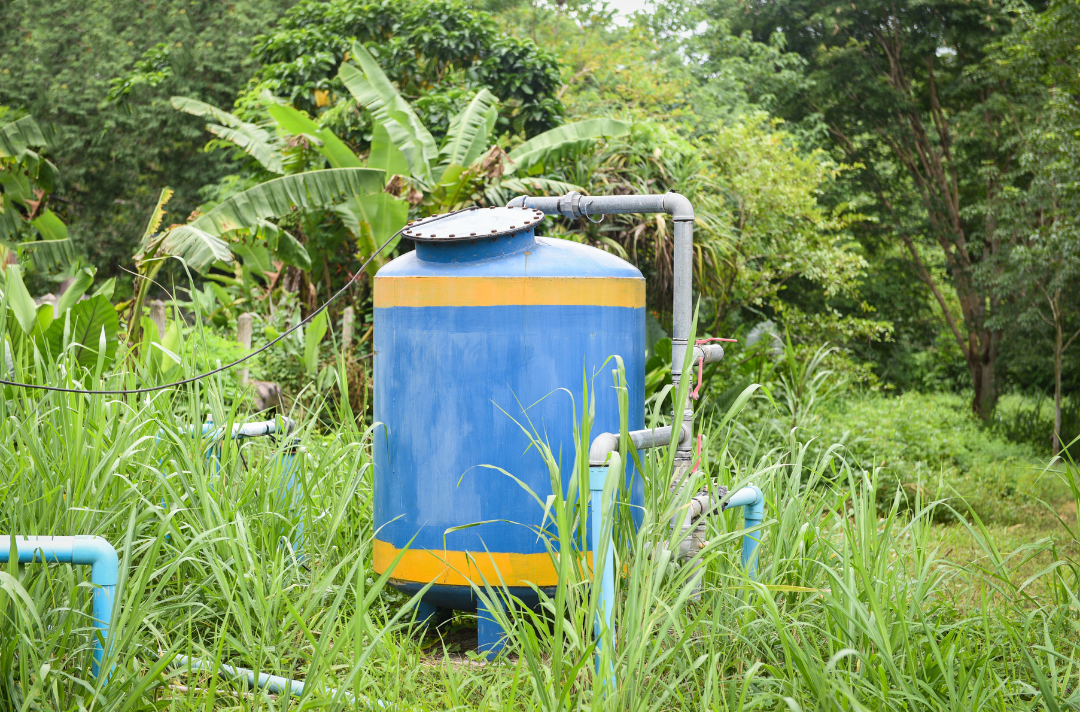
What are water samples?
Water samples are collected from wells and other water sources to test for the presence of harmful substances. These substances can include bacteria, viruses, parasites, heavy metals, and other contaminants that can seriously threaten human health. Trained professionals, such as environmental health specialists or certified laboratory technicians, typically take water samples. However, homeowners can take a sample of their home water source for testing.
The frequency of water sampling depends on the type of well, its age, location, and the level of risk for contamination. For example, private wells should be tested at least once a year for coliform bacteria, nitrates, and other contaminants. Public water systems must regularly test their water supply to meet federal and provincial drinking water standards.
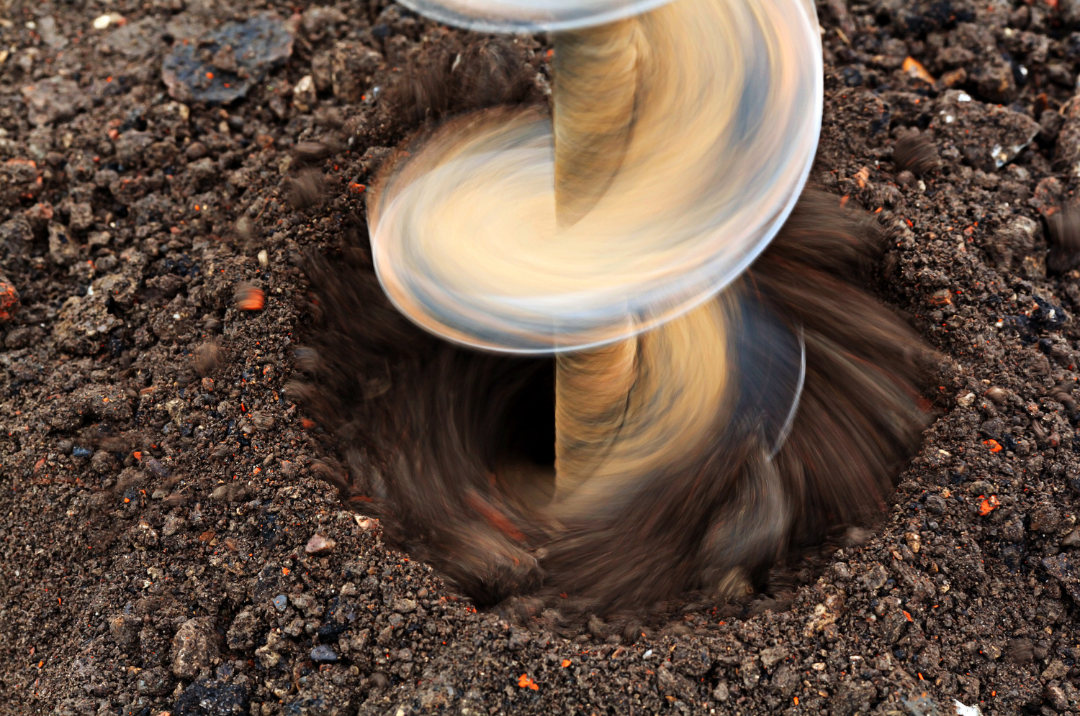
How to stay well informed about wells and water samples
Staying informed about wells and water samples is essential for protecting your health and your family. Here are some steps you can take to keep well-informed:
Know your well
If you have a private well, make sure you know where it is located, how deep it is, and what type of well it is. Keep records of when it was constructed, when it was last inspected, and when it was last tested for contaminants.
Test your well water
Have your well water tested at least once a year for coliform bacteria, nitrates, and other contaminants. You can hire a professional to collect and test the samples or use a do-it-yourself kit. Follow the instructions carefully to ensure accurate results.
Maintain your well
Proper well maintenance prevents contamination. Ensure your well is properly constructed, sealed, and located away from potential sources of pollution. Inspect your well regularly for signs of damage or wear and tear.
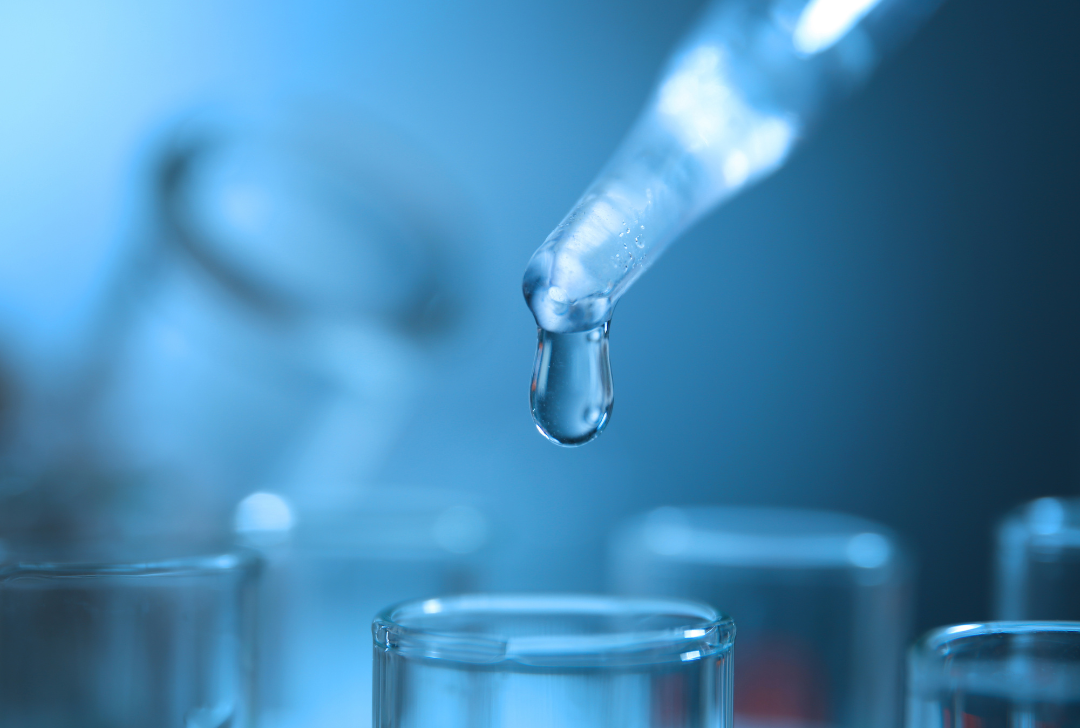
Stay informed about water quality
Keep updated with local and national news regarding water quality issues. This can help you make informed decisions about your drinking water and take appropriate action if necessary.
Take action if necessary
If your well water tests positive for contaminants, take appropriate action to protect your health and your loved ones. This may include installing a water treatment system or finding an alternative water source.
Wells can be a reliable source of clean drinking water, but they can also be a potential source of contamination. Regular testing, proper maintenance, and staying informed about water quality issues are essential for protecting your health and your family. These steps allow you to stay well-informed and enjoy safe and clean drinking water.
Posted by Infinity Admin on
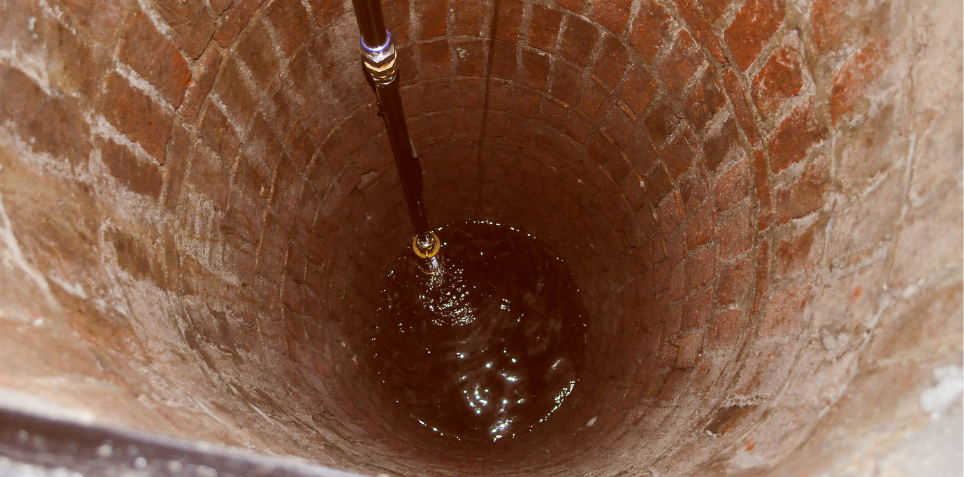
Leave A Comment